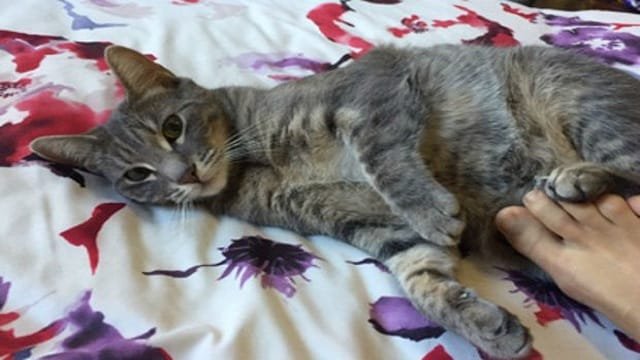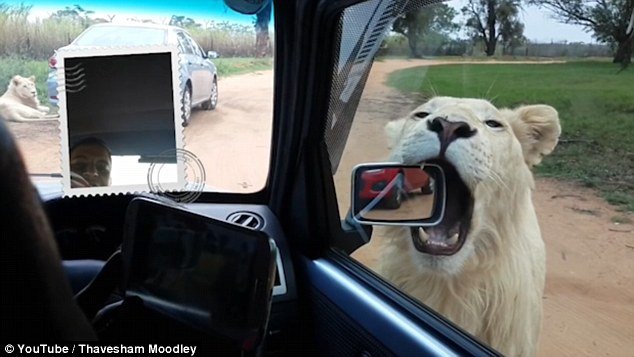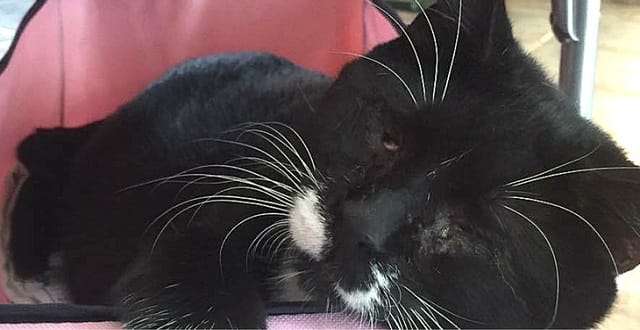A little advance planning goes a long way.
For pet lovers like us, our critters aren’t merely property. They are our best friends, companions, and family members, so why treat them as anything less? Just as you would make provisions in your will and establish trusts for the people you love, you should do the same for your pets.
Failure to think ahead about what will happen if you’re not there to provide care means that, sadly, many pets end up in bad situations such as in the street, in the care of unfit people and even in kill shelters.
“People have a psychological block against doing estate planning since it isn’t a pleasant topic. This means when owners pass away, a lot of animals end up in shelters, and depending on where you live that could be a death sentence,”
says estate planning attorney Tracy Craig, a partner with Massachusetts firm Mirick O’Connell.
“But that doesn’t have to be the case if you do some planning.”
Here’s a bit of advice for getting started.
1. Make Your Wishes Known To Everyone. The most important thing you can do is document that you’ve planned ahead for your pet’s future. You can do this in a multitude of ways:
Name a beneficiary in your will who will inherit the pet and, hopefully, some money as well, contingent upon the recipient accepting the caretaker role.
If you don’t have a designated caretaker, you can simply add a line to your will such as “I leave $5,000 in trust for the care of my cat, Fluffy.” In every state except Minnesota, a “statutory pet trust” law means that a probate court will enforce this provision by designating a caretaker and trustee; the latter is an individual or corporation that will manage the trust’s assets prudently and make sure the caretaker is doing a good job.
Create a “traditional or common law” trust with the pet’s caregiver as beneficiary, and then require the trustee you’ve selected to make distributions to cover the pet’s expenses provided the pet is being cared for adequately.
No matter which option you go with, discuss your plans well ahead of time with the friend or relative you’ve assigned to be certain the person really wants the job. To be safe, mention the names of backup caretakers in case your first choice becomes unable or unwilling to take on the role, and a sanctuary or no-kill shelter as your last choice.
2. Decide How Much Control You Want Over This. If you have 100% confidence that your beneficiary will love your pet the way you do, then a trust shouldn’t even be necessary. (Just know that there will be no recourse if Steve takes the $3,000 to care for your cat and then later decides to abandon Graykin.) But if you want to continue to call the shots after you’re gone, then a detailed trust is definitely the way to go.
You can include detailed instructions regarding everything from food and toys to medical care and the disposition of the pet’s remains. Even odd requests, like those made by singer Dusty Springfield to have her cat be fed imported baby food and played recordings of her every night at bedtime would have to be honored. The trust will also specify how much money the caregiver is paid, how the trustee will monitor the caregiver’s services, and how the caregiver will document expenditures for reimbursement. Since the trust will in effect own your pet, if the caretaker isn’t meeting your standards, the trustee can assign care elsewhere.
Such a setup shouldn’t be too expensive to execute. Estate planning attorney and Texas Tech University School of Law professor Gerry Beyer says a lawyer experienced in this area should charge only a couple hundred dollars to add a pet trust to an existing estate plan/will.
3. Fund All of Your Pet’s Care. How much money you leave the caretaker or trust comes down to the type of animal, its typical life expectancy, and the standard of living you wish to provide. For a trust, you’ll also need to factor in any costs charged by the trustee’s services. (Corporate or professional trustees will have much higher fees than what you might choose to give out to a friend of family member.)
One great way to fund your pet trust is from a portion of your life insurance policy, Beyer suggests. “Name your kids or other loved ones as the beneficiaries for 90% of it and the pet trust for the remaining 10%.”
Avoid transferring too large a sum of money or other property over to your pet trust, as this can cause heirs to contest the trust, and a court could reduce the amount. (Just ask Leona Helmsley’s dog Trouble.)
Even if you’re not leaving your pet $12 million, it’s a good idea to name a remainder beneficiary who will receive any property left in the trust after the animal passes on. (Be wary of making this beneficiary the same person as the caregiver, as then he or she may be less motivated to keep the pet alive.) Beyer says many pet owners choose to give residual funds to a charitable organization, typically ones that benefit animals like their own.
Always best to be safe than sorry. Something unforeseen and unfortunate can happen to any of us and at any given time.










